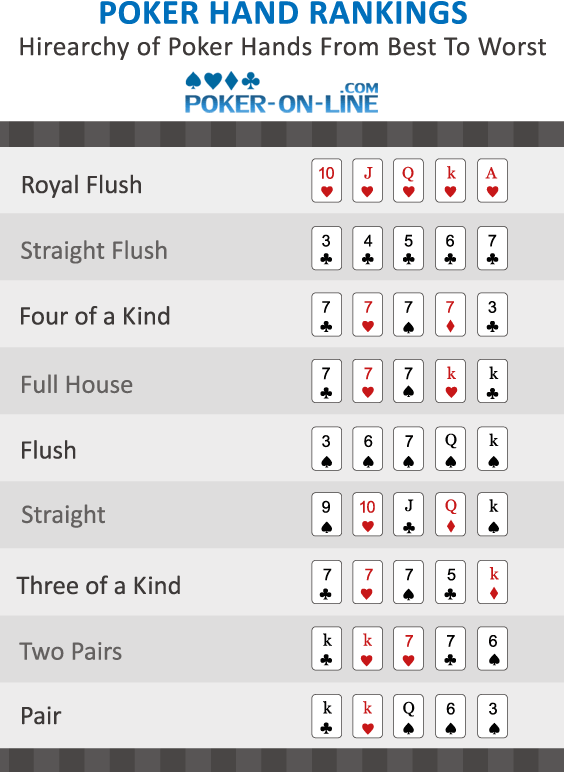Omaha Hold ‘em is a very similar game to the popular Poker variant Texas Hold ‘em. In fact, at first glance, the only difference is that instead of two ‘hole’ cards, the player is given four ‘hole’ cards and must make the best hand from 2 of the ‘hole’ and 3 of the community cards that are dealt. The hand values in Omaha are identical to those in Texas.
To indicate where the dealer begins to deal an instrument called the ‘button’ is passed around the table with each hand that is dealt. The player immediately to the left of the button is the small blind. This is the individual who puts up half of the minimum bet. To their left is the big blind. That player has to put in the full amount of the minimum bet. This is to encourage betting for each hand. This is the same process that is carried out in Texas Hold‘em.
Players are dealt their four ‘hole’ cards each face down. Only they can see what their cards are. In Texas Hold‘em this is where they only receive two ‘hole’ cards. Betting then commences around the table. Players can choose to call (match the big blind), raise the big blind or fold (leave the hand). If someone raises then those who are still in the hand will be asked to re-raise or fold.
Once the first round of betting has finished the dealer deals three community cards face up. These are called the ‘flop’. No different to Texas Hold ‘em. Another round of betting begins. Players can either check (stay in the game without betting), bet, raise or fold. If one player bets, then the next players cannot check any more. If a player raises, then the next players can only re-raise or fold. Players’ decisions at this point depend on what their situation is with regards to the four ‘hole’ cards only they can see and the three community cards at everyone’s disposal.
After betting has finished then the dealer will draw the fourth community card. This is called the ‘turn’. Another round of betting takes place with the players re-evaluating their positions and then choosing to either check, bet, call, fold or raise, just like in the previous round. It is worth noticing that a player’s actions might not only depend on how their cards are looking but how the other players are approaching each hand. A player might act differently to an aggressive player than they might to a more passive player.
The next phase is when the dealer draws the ‘river’. This is the fifth and final community card and this now means a total of nine cards for each player are in play. Five community cards and four ‘hole’ cards that each player possesses individually. The players then commence a final round of betting based on the same options as in the previous rounds. Then all remaining players show their hands after betting has finalized with the best five card hand from the nine cards available (made up from the 2 personal + 3 community cards )winning.
It is often the case that Omaha winning hands are a lot more prolific than Texas winning hands due to the larger number of cards in play. Due to this, even though the format of Omaha is very closely associated with Texas, it should be noted that the technique and approach of the two games is completely different because what might be considered a good hand in Texas, might not necessarily be a good hand in Omaha. This changes the whole complexity of the game.
The appeal Omaha has is that it is very similar to Texas, so if you play Texas it is very tempting to try Omaha as well. No wonder it is so commonly played by those who find their love of Poker through Texas. The two are very alike but it is key to remember they are also very different.

